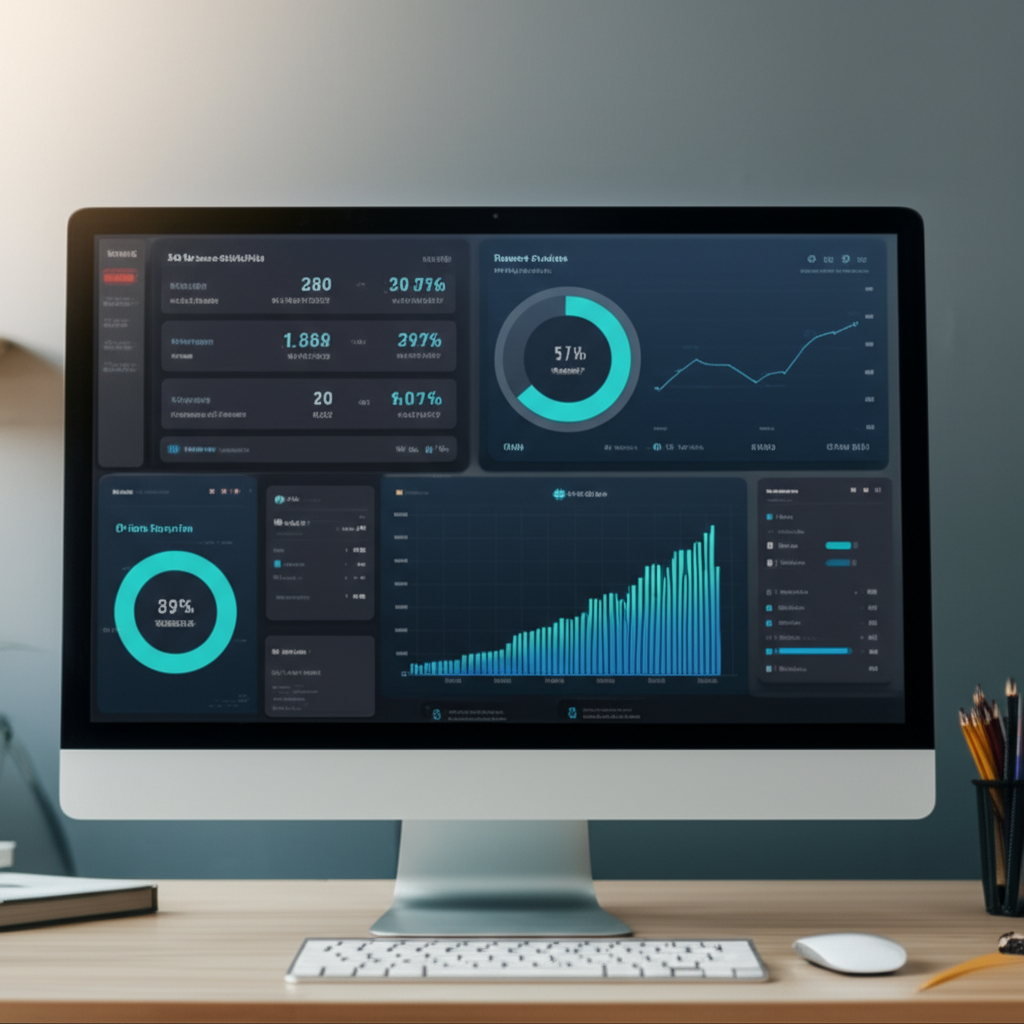Modular Building ROI: Cost vs Traditional Construction Analysis 2024
Comprehensive financial analysis comparing modular building construction costs and ROI versus traditional building methods. Essential insights for developers, manufacturers, and investors.

The modular construction industry has reached a tipping point where financial advantages over traditional construction methods are becoming increasingly clear. This comprehensive analysis examines the true costs, benefits, and return on investment of modular building construction compared to conventional site-built methods.
Executive Summary: Key Financial Findings
Key ROI Metrics
- Construction Time: 30-50% faster than traditional methods
- Labor Costs: 20-40% reduction in on-site labor requirements
- Material Waste: 60-90% reduction compared to site-built construction
- Quality Control: 95% fewer defects due to controlled manufacturing
- Overall Cost Savings: 10-25% total project cost reduction
Direct Cost Comparison Analysis
Construction Costs Breakdown
Detailed cost analysis reveals significant differences between modular and traditional construction:
| Cost Category | Traditional | Modular | Savings |
|---|---|---|---|
| Foundation | $15-25/sq ft | $12-20/sq ft | 15-20% |
| Framing & Structure | $25-35/sq ft | $20-28/sq ft | 20-25% |
| Electrical & Plumbing | $18-28/sq ft | $15-22/sq ft | 15-20% |
| Interior Finishes | $30-50/sq ft | $25-40/sq ft | 15-20% |
| Labor Costs | $40-60/sq ft | $25-40/sq ft | 30-35% |
Hidden Cost Advantages
Beyond direct construction costs, modular building offers several hidden financial advantages:
- Reduced Financing Costs: Shorter construction periods reduce construction loan interest
- Weather Protection: Indoor manufacturing eliminates weather delays and damage
- Theft Prevention: Factory security reduces material theft and vandalism
- Inspection Efficiency: Consolidated inspections reduce delays and costs
- Warranty Coverage: Comprehensive factory warranties reduce post-construction costs
Time-to-Market Analysis
Construction Timeline Comparison
Time savings represent one of the most significant advantages of modular construction:
Traditional Construction
- Site Preparation: 2-4 weeks
- Foundation: 2-3 weeks
- Framing: 4-6 weeks
- Mechanical/Electrical: 3-4 weeks
- Interior Finishes: 6-8 weeks
- Total: 17-25 weeks
Modular Construction
- Site Preparation: 2-4 weeks
- Foundation: 2-3 weeks
- Factory Production: 4-6 weeks
- Installation: 1-2 weeks
- Final Connections: 1-2 weeks
- Total: 10-17 weeks
Revenue Impact of Faster Delivery
Accelerated construction timelines provide significant financial benefits:
- Earlier Occupancy: Rental income or sales revenue starts 2-4 months sooner
- Reduced Carrying Costs: Lower construction loan interest and holding costs
- Market Timing: Ability to capitalize on favorable market conditions
- Cash Flow: Faster project turnover improves cash flow cycles
- Competitive Advantage: Faster delivery attracts time-sensitive customers
Quality and Performance Benefits
Manufacturing Quality Control
Factory-controlled manufacturing environments deliver superior quality outcomes:
- Precision Manufacturing: Computer-controlled cutting and assembly
- Material Protection: Indoor storage prevents weather damage
- Skilled Workforce: Specialized factory workers with consistent training
- Quality Inspections: Multiple checkpoints throughout production
- Standardized Processes: Repeatable procedures reduce variability
Energy Performance Advantages
Modular buildings often exceed traditional construction in energy efficiency:
- Tighter Building Envelope: Factory precision reduces air leakage
- Consistent Insulation: Controlled installation prevents thermal bridges
- Advanced Materials: Access to latest energy-efficient materials
- System Integration: Optimized HVAC and electrical systems
- Performance Testing: Factory testing ensures design performance
Market Factors and Scalability
Labor Market Advantages
Modular construction addresses critical labor market challenges:
- Skilled Labor Shortage: Factory workers easier to recruit and train
- Weather Independence: Year-round production maintains workforce
- Productivity Gains: Assembly line efficiency increases output per worker
- Safety Improvements: Controlled environment reduces workplace injuries
- Career Development: Clear advancement paths retain skilled workers
Scalability and Volume Economics
Modular manufacturing benefits from economies of scale:
- Material Purchasing: Bulk buying reduces material costs
- Equipment Utilization: Specialized tools used across multiple projects
- Process Optimization: Continuous improvement reduces waste and time
- Design Standardization: Reusable designs reduce engineering costs
- Supply Chain Efficiency: Predictable demand improves supplier relationships
Financial Risk Analysis
Risk Mitigation Factors
Modular construction reduces several common construction risks:
- Weather Risk: Indoor manufacturing eliminates weather delays
- Quality Risk: Factory quality control reduces defects and callbacks
- Schedule Risk: Predictable production schedules improve planning
- Cost Overrun Risk: Fixed factory pricing reduces budget uncertainty
- Labor Risk: Stable factory workforce reduces labor availability issues
Investment Considerations
Key factors for investors evaluating modular construction projects:
- Market Acceptance: Growing consumer acceptance improves resale values
- Financing Availability: Increasing lender familiarity with modular construction
- Regulatory Environment: Supportive zoning and building codes
- Technology Integration: Advanced manufacturing capabilities
- Sustainability Trends: Environmental benefits align with market demands
Case Study: Real-World ROI Examples
Multi-Family Housing Development
A 50-unit apartment complex comparison shows significant modular advantages:
Traditional Construction
- Total Cost: $8.5M
- Construction Time: 18 months
- Financing Costs: $425K
- Weather Delays: 3 months
- Change Orders: $340K
Modular Construction
- Total Cost: $7.2M
- Construction Time: 12 months
- Financing Costs: $288K
- Weather Delays: 0 months
- Change Orders: $85K
Total Savings: $1.67M (19.6% cost reduction)
Additional Revenue: $450K (6 months earlier occupancy)
Implementation Recommendations
Getting Started with Modular
Steps for developers considering modular construction:
- Market Research: Analyze local acceptance and regulatory environment
- Partner Selection: Choose experienced modular manufacturers
- Pilot Projects: Start with smaller projects to gain experience
- Team Training: Educate project teams on modular processes
- Financial Planning: Adjust financing and cash flow models
Success Factors
Critical elements for successful modular projects:
- Early Planning: Involve modular manufacturer in design phase
- Site Preparation: Ensure site readiness for module delivery
- Coordination: Manage interface between factory and site work
- Quality Control: Maintain oversight throughout production
- Communication: Keep all stakeholders informed of progress
The financial case for modular construction continues to strengthen as the industry matures and overcomes traditional barriers. With demonstrated cost savings, time advantages, and quality improvements, modular construction represents a compelling investment opportunity for developers, manufacturers, and investors seeking competitive advantages in today's challenging construction market.


